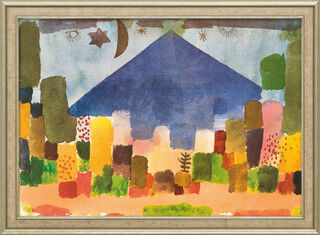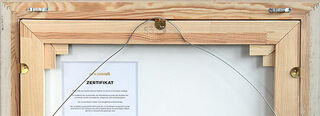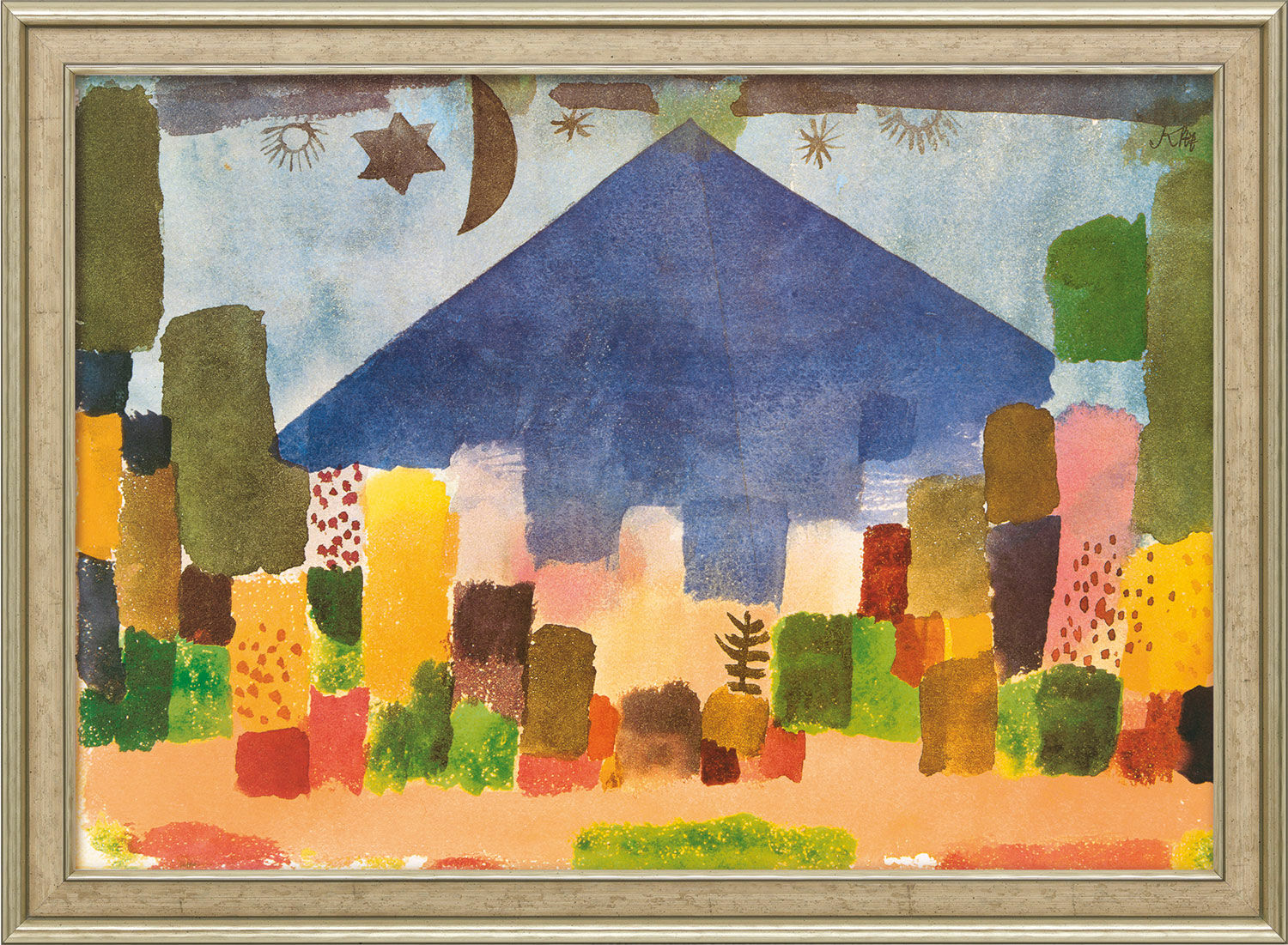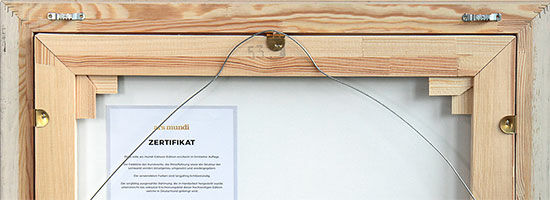Picture "The Sneezing - Egyptian Night" (1915), framed


Picture "The Sneezing - Egyptian Night" (1915), framed
Quick info
ars mundi Exclusive Edition | limited, 499 copies | numbered | certificate | reproduction, Giclée print on canvas | artist's varnish | on stretcher frame | framed | size 55 x 77 cm (h/w)
Detailed description
Picture "The Sneezing - Egyptian Night" (1915), framed
This picture of an Egyptian Night was exhibited in the Kunstmuseum Bern. It was stolen from there in 1976 and is lost ever since. It was not until spring 2001 that it reappeared in Basel.
High-quality reproduction in the Fine Art Giclée process, worked directly by hand on artist's canvas and traditionally mounted on a wooden stretcher frame. Sealed with artist's varnish. Framed in a sophisticated handmade real wood gallery frame. Limited edition of 499 copies, numbered on the back and with certificate. Size 55 x 77 cm (h/w). Exclusively at ars mundi.
Frame configurator
Customised picture frame

Frame configurator
Customised picture frame






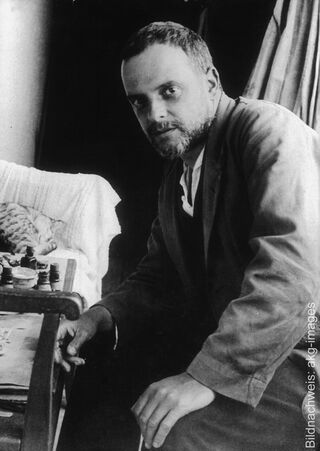
About Paul Klee
He was called "the unique one" by his fellow artists: Paul Klee (1879-1940) shaped the understanding of modern art like hardly anyone else. With his mosaic-like composed works, he created a completely new style.
Born in Bern in 1879, Klee, a German-Swiss, turned out to be a double talent from an early age on: both his drawing skills and his violin skills promised him a musical as well as an artistic career. Klee decided on art and went to the Munich Art Academy, where he studied as a student of Franz von Stuck, among others. But it was not so much his academic studies that helped him develop an independent style but rather an extended study trip to Italy with his artist friends. Subtle symbolic depictions full of wit and humour became his trademark. Usually, just small formats and often merely drawings, enchant the viewer.
In 1906 Klee married the pianist Lily Stumpf and they had a son, Felix. The young family lived a very secluded life in Munich. It was only through the draughtsman Alfred Kubin that Klee became acquainted with the group known as the "Blaue Reiter". Klee quickly became friends with Kandinsky and Marc, with whom he shared the conviction that artistic creation was of spiritual nature.
A trip to the North African city of Tunis in 1914 with his painter friends August Macke and Louis Moilliet helped Klee to find new joy in colour and a genuine creative frenzy. "Color possesses me. I don't have to pursue it. It will possess me always, I know it. That is the meaning of this happy hour: Color and I are one. I am a painter." he writes in his diary. This was followed by countless watercolour paintings, with which he developed his own unique style.
Exhibitions organized by the Blaue Reiter made Klee famous. By the time he is appointed as a "master" by the Bauhaus, he already was a celebrated artist. In 1933, the National Socialist campaign against "degenerate art" forced Klee to leave Germany and settle back in Switzerland. With a true work mania, he tried to rebel against an incurable illness that conquers the painter, who is now internationally famous, only a few years later (1940).
The German artists‘ association "Der Blaue Reiter" ("The Blue Rider") was founded in Munich in 1911 by Wassily Kandinsky and Franz Marc during the German Expressionist period.
The name was originally the title of the painting by Kandinsky and also the title of the almanac published by Kandinsky and Marc. Members included Paul Klee and August Macke. The group criticised the prevailing art canon as too academic and elitist and demanded more openness and diversity. The artists turned away from realism and began to paint expressively in an increasingly abstract style using strong colours.
The group disbanded at the beginning of World War I.
Graphic or sculpture edition that was initiated by ars mundi and is available only at ars mundi or at distribution partners licensed by ars mundi.
Giclée = derived from the French verb gicler "to squirt, spurt".
The giclée method is a digital printing process. It is a high-resolution, large-format printout on an inkjet printer with special different-coloured dye- or pigment-based inks (usually six to twelve). The colours are fade-proof, i.e. resistant to harmful UV light. They have a high richness of nuance, contrast and saturation.
The giclée process is suitable for art canvases, handmade and watercolour paper as well as for silk.
Collective term for the painters and sculptors of the 20th century, such as Pablo Picasso, Salvador Dalí, Joan Miró, Marc Chagall and others, whose works are the most recognized in our times.

